The world is facing a silent health emergency as hypertension, or high blood pressure, now affects more than 1.5 billion people globally. What makes this situation particularly alarming is that approximately half of these individuals are not receiving adequate treatment or control for their condition. This widespread lack of management poses significant risks to global health systems and economies, with hypertension being a leading contributor to heart disease, stroke, and premature death worldwide.
A Growing Burden with Devastating Consequences
Hypertension has quietly become one of the most pressing public health challenges of our time. Often called the "silent killer" because it typically presents no symptoms until serious damage has occurred, high blood pressure is now recognized as a major risk factor for cardiovascular diseases. The World Health Organization estimates that complications from hypertension account for nearly 10 million deaths each year, making it more deadly than all infectious diseases combined in many developed nations.
The economic impact is equally staggering. Healthcare systems worldwide are buckling under the strain of treating hypertension-related complications, while productivity losses from disability and premature death create a significant drag on national economies. In low- and middle-income countries, where the majority of uncontrolled cases exist, the burden threatens to undermine recent gains in life expectancy and economic development.
The Treatment Gap: Why Half Go Uncontrolled
Despite being relatively straightforward to diagnose and treat, hypertension remains dangerously under-managed across all regions of the world. In high-income countries, about 30-40% of hypertensive patients fail to achieve control, while in poorer nations, this figure skyrockets to 70-80%. The reasons for this treatment gap are complex and multifaceted, involving both systemic and individual factors.
Many healthcare systems, particularly in developing countries, simply lack the infrastructure and resources to effectively screen and manage chronic conditions like hypertension. Shortages of trained medical personnel, inadequate supplies of affordable medications, and fragmented primary care systems all contribute to poor hypertension control rates. Even in wealthier nations, competing healthcare priorities and inconsistent follow-up systems allow many cases to slip through the cracks.
On the patient side, lack of awareness about the dangers of high blood pressure remains a significant barrier. Many people with hypertension don't feel sick and therefore don't prioritize treatment. When symptoms do appear, the damage to blood vessels and organs may already be advanced. Cultural beliefs, medication costs, and the challenge of lifelong treatment adherence further complicate control efforts.
Innovative Approaches to a Persistent Problem
Public health experts emphasize that reversing the hypertension epidemic will require innovative, population-wide strategies that go beyond traditional medical approaches. Some countries have demonstrated success through comprehensive programs that combine public education, community-based screening, simplified treatment protocols, and task-shifting to non-physician healthcare workers.
Technology is playing an increasingly important role in hypertension management. Mobile health applications, remote monitoring devices, and telemedicine platforms are helping to bridge gaps in access to care, particularly in rural and underserved areas. These digital solutions enable more frequent blood pressure monitoring and better communication between patients and providers, leading to improved control rates.
Policy interventions have also proven effective in some regions. Salt reduction initiatives, taxation of unhealthy foods, and workplace wellness programs represent promising approaches to preventing hypertension at the population level. However, such measures often face opposition from industry groups and require strong political will to implement effectively.
The Road Ahead: Challenges and Opportunities
Tackling the global hypertension crisis will require unprecedented cooperation between governments, healthcare providers, civil society, and the private sector. The scale of the problem demands both immediate action to treat those currently affected and long-term strategies to prevent new cases from developing.
Primary healthcare systems need strengthening worldwide, with particular attention to chronic disease management capabilities in low-resource settings. This includes training more healthcare workers in hypertension management, ensuring consistent supplies of affordable medications, and developing robust referral systems for complicated cases.
Public education campaigns must work to change perceptions about hypertension, helping people understand that it's a serious condition requiring lifelong management even when symptoms aren't apparent. Community-based approaches that bring screening and treatment services closer to where people live and work have shown particular promise in improving control rates.
As the world grapples with this growing health crisis, the stakes couldn't be higher. Without significant improvements in hypertension detection and control, healthcare systems will continue to be overwhelmed by preventable cases of heart failure, kidney disease, and stroke. The human and economic costs of inaction are simply too great to ignore.
The good news is that hypertension is both preventable and treatable. With concerted global action, the world could see substantial progress in controlling this silent epidemic within a generation. The tools and knowledge exist - what's needed now is the collective will to implement them on a scale matching the size of the problem.

By /Jul 25, 2025

By /Jul 25, 2025
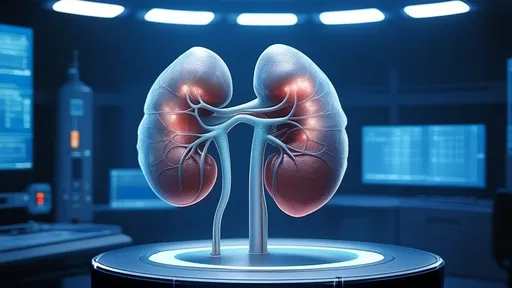
By /Jul 25, 2025
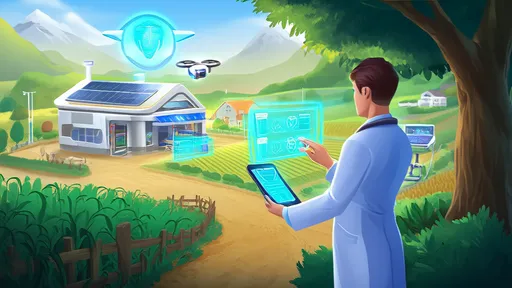
By /Jul 25, 2025

By /Jul 25, 2025

By /Jul 25, 2025
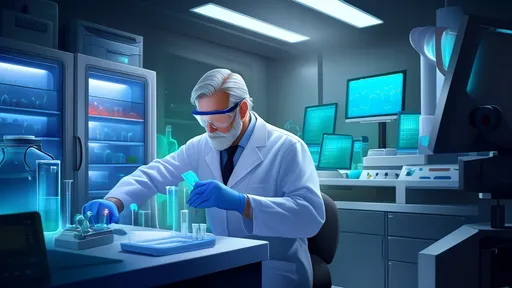
By /Jul 25, 2025

By /Jul 25, 2025

By /Jul 25, 2025
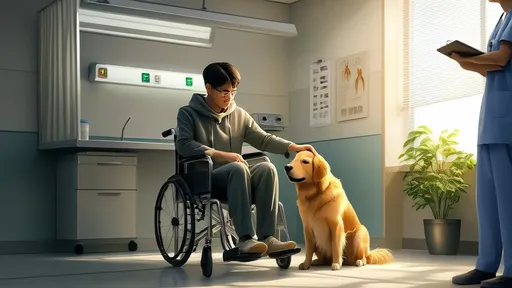
By /Jul 25, 2025

By /Jul 25, 2025

By /Jul 25, 2025

By /Jul 25, 2025

By /Jul 25, 2025
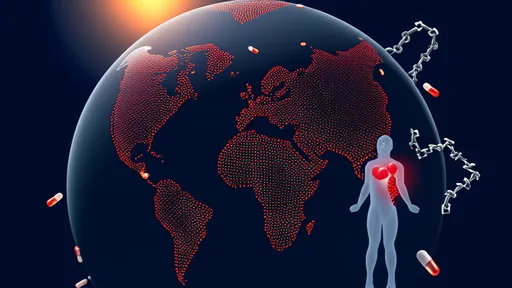
By /Jul 25, 2025

By /Jul 25, 2025

By /Jul 25, 2025
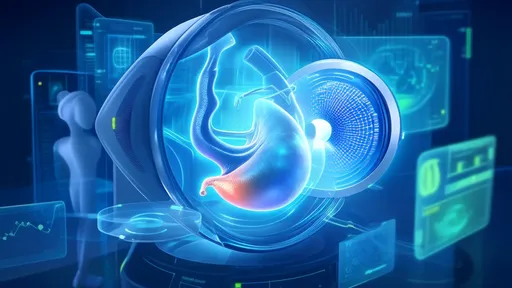
By /Jul 25, 2025